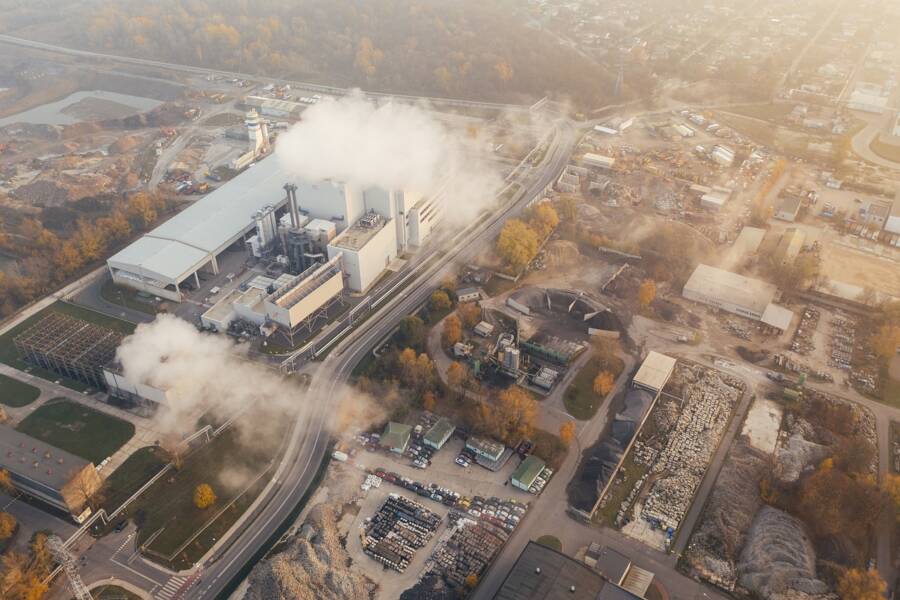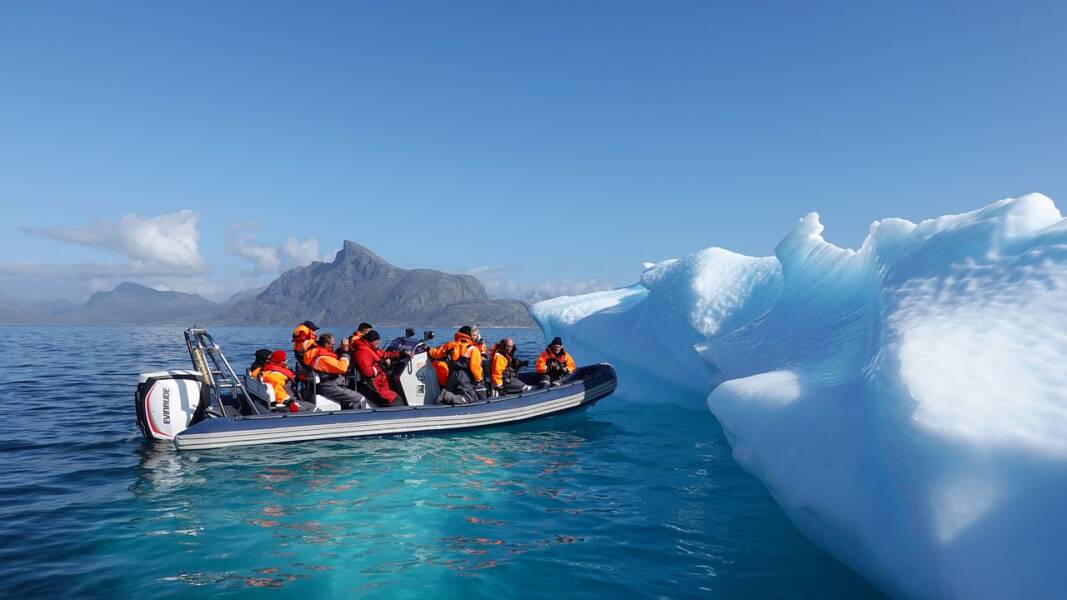The process by which water moves through Earth’s soil, seas and atmosphere is called the hydrological cycle. Whether in gaseous, liquid or solid form, water is part of the natural cycle that continually replenishes the supply necessary for the survival of humans and all other living beings.
Of this finite reserve, 97% is salty. The remaining 3%, fresh water, is used for drinking, bathing, irrigating crops, among countless other uses. However, most are out of reach, trapped in glaciers or deep underground in aquifers. Thus, only around 1% of total water reserves are available to support all life on the planet.
How does the hydrological cycle work?
The water contained in lakes, rivers, oceans and seas is constantly heated by the Sun. As the surfaces heat up, it turns into vapor, escaping into the atmosphere, a process that the wind accelerates. Plants also release water through the pores of their leaves and stems, through transpiration.
Once in the air, the vapor cools and begins to condense around tiny suspended particles of dust, smoke and other pollutants, forming clouds. These move around the planet in “atmospheric rivers”, a crucial feature of the global cycle that powers weather systems.
Above a certain volume, the droplets suspended in the clouds merge, forming larger drops. When they are too heavy, they fall to the ground in the form of rain, snow or hail, depending on the air temperature. This precipitation replenishes rivers, lakes and other bodies of water, and the cycle begins again.
Water also infiltrates the ground under the influence of gravity and pressure, where it is collected in reservoirs and underground aquifers. It continues to penetrate deeper and deeper, sometimes over thousands of years, before draining into a body of water, returning to the cycle.
How is climate change disrupting the hydrological cycle?
Recent research shows that in certain regions the water cycle is accelerating, in reaction to climate change dictated by human action. Higher temperatures warm the lower atmosphere, intensifying evaporation, injecting more vapor into the air and increasing the likelihood of rainfall, often in the form of intense and unpredictable storms.
On the other hand, increased evaporation can also worsen the situation in drought-prone areas, as the liquid escapes into the atmosphere instead of remaining in the soil, where it is needed.
Scientists at the Institute of Marine Sciences in Barcelona, Spain, demonstrated how climate change is accelerating the cycle through an analysis of ocean surface salinity – which increases as evaporation intensifies.
“The acceleration of the hydrological cycle has implications for both the ocean and the continent, where storms can become increasingly intense,” warned the study’s lead author, Estrella Olmedo, in a press release.
“This greater amount of water circulating in the atmosphere would also explain the increase in precipitation detected in some polar areas, where the fact that it is raining instead of snowing is accelerating.
How to combat the disruption of the hydrological cycle?
It is clear that cutting carbon emissions from fossil fuels will not be easy, and that noticeable advances will not come quickly. But some immediate measures are possible to stabilize the hydrological cycle.
Restoring wetlands and rethinking agriculture by incorporating farming techniques that conserve water and strengthen the soil can help maintain and restore the soil’s ability to absorb, purify and store water.
Restoring rivers and waterways to a more natural state is another way to reverse some of the damage. Projects to remove obsolete dams and reservoirs in Europe and other regions are a big step towards restoring floodplains, which absorb water and contribute to supplying underground reserves.
Cities can also reinforce the hydrological cycle naturally, making urban surfaces more permeable. The porous surfaces of “sponge cities” allow water to infiltrate streets, squares and other spaces, rather than being channeled out. Thus, reserves are created for dry periods, while at the same time combating floods.
What is at stake?
In the coming years, cities and provinces on the watershed of the Hindu Kush and Himalayan mountain ranges in Central Asia may need to adopt solutions of this type. For fresh water, billions of locals depend on the seasonal accumulation of firm snow and ice on mountains and glaciers.
However, a third of the region’s large glacial fields are expected to disappear by the end of the century, according to a 2019 study by the International Center for Integrated Mountain Development in Nepal. And this is only if humanity manages to keep global warming below 1.5 ºC compared to the pre-industrial era.
Without a consistent flow of meltwater, water shortages will worsen for billions of individuals. Although underground reserves are capable of offsetting some of the shortage, they too are expected to decline in future decades due to global climate change.
Agriculture has already become more difficult in regions such as Ladakh, administered by India, in the Hindu Kush-Himalayan mountain range, where snowfall and glacier retreat have been recorded in recent decades.
TechnologyHQ is a platform about business insights, tech, 4IR, digital transformation, AI, Blockchain, Cybersecurity, and social media for businesses.
We manage social media groups with more than 200,000 members with almost 100% engagement.










































